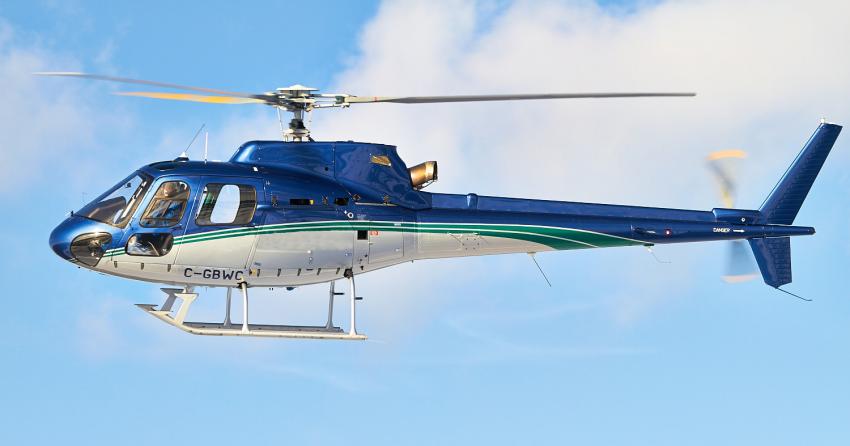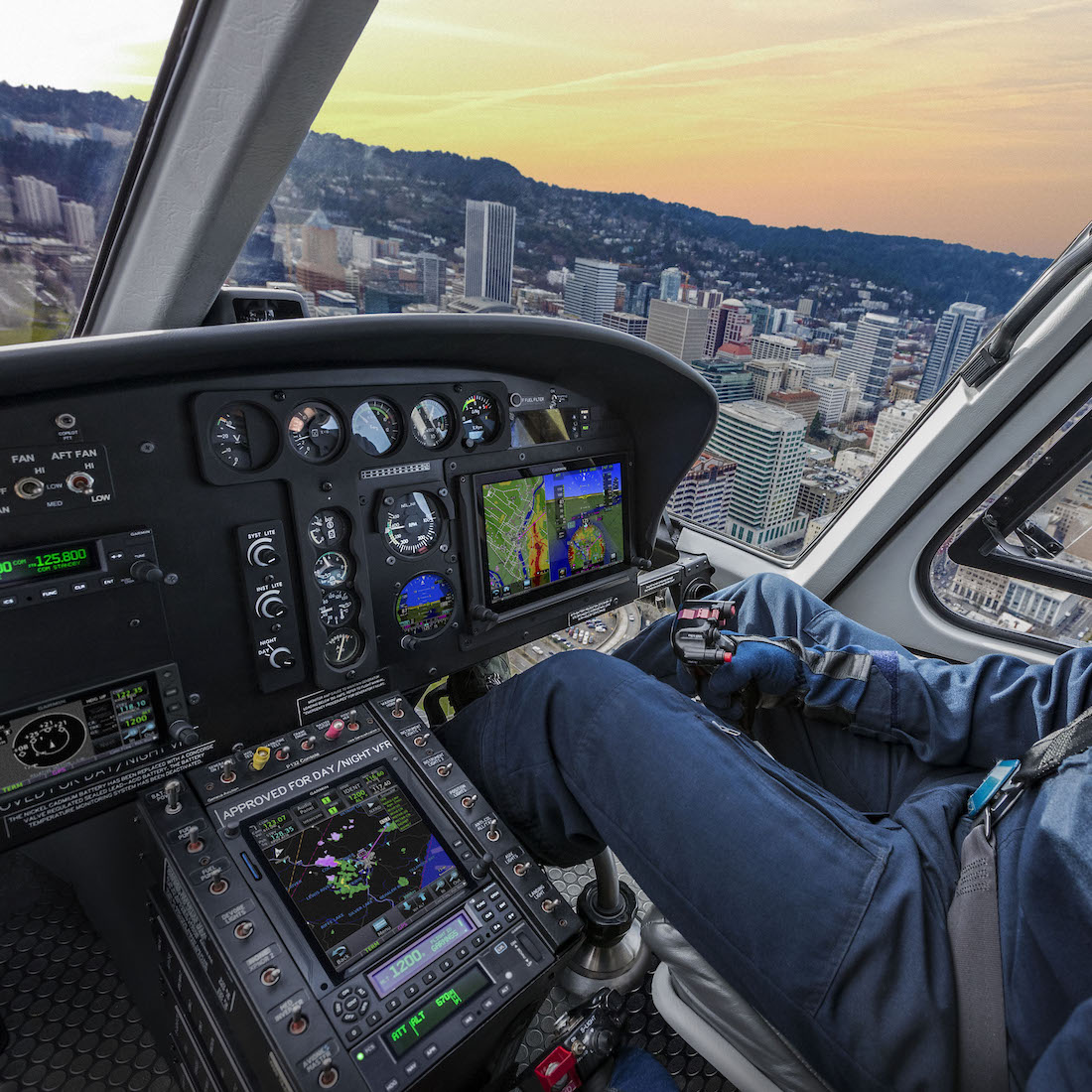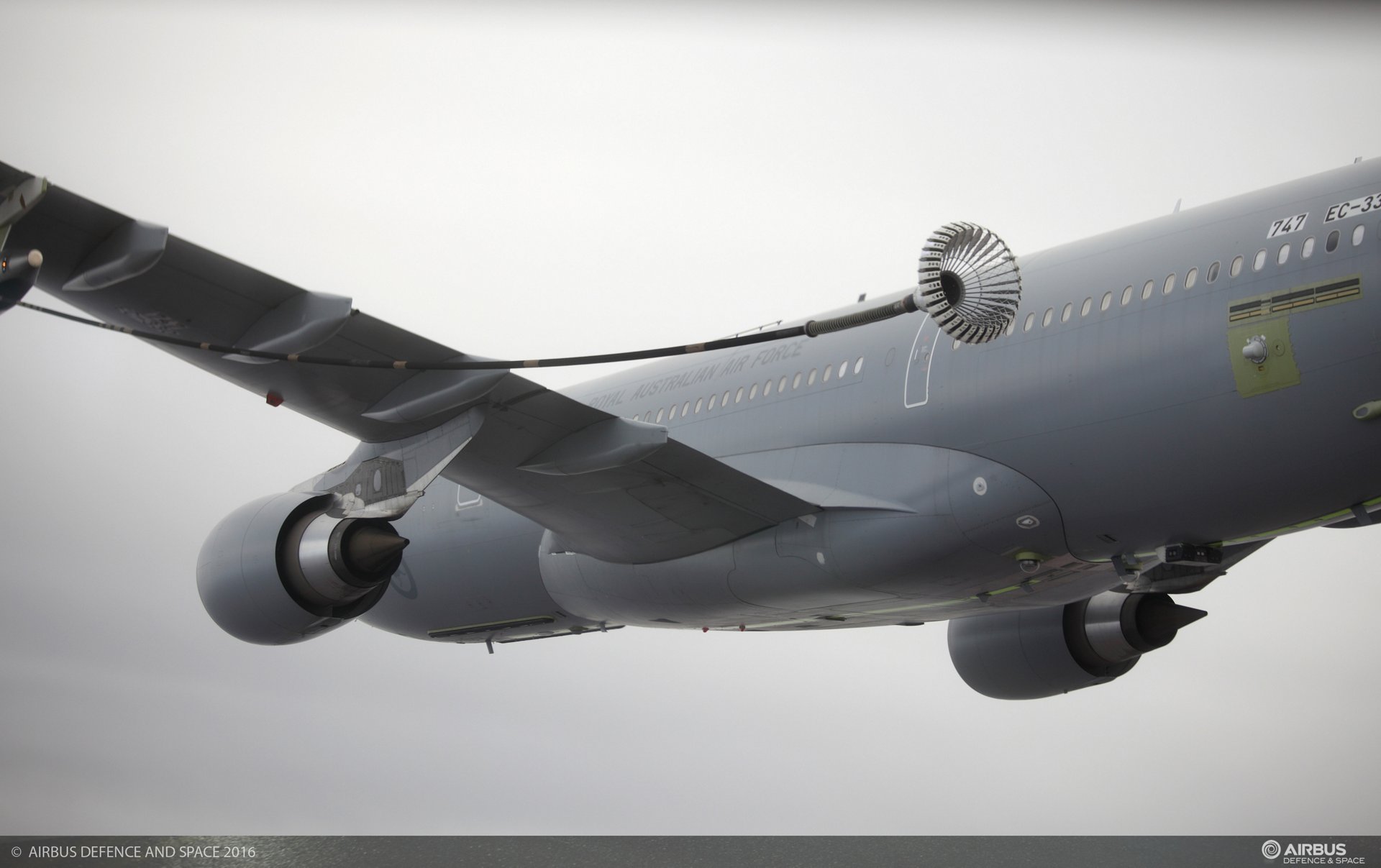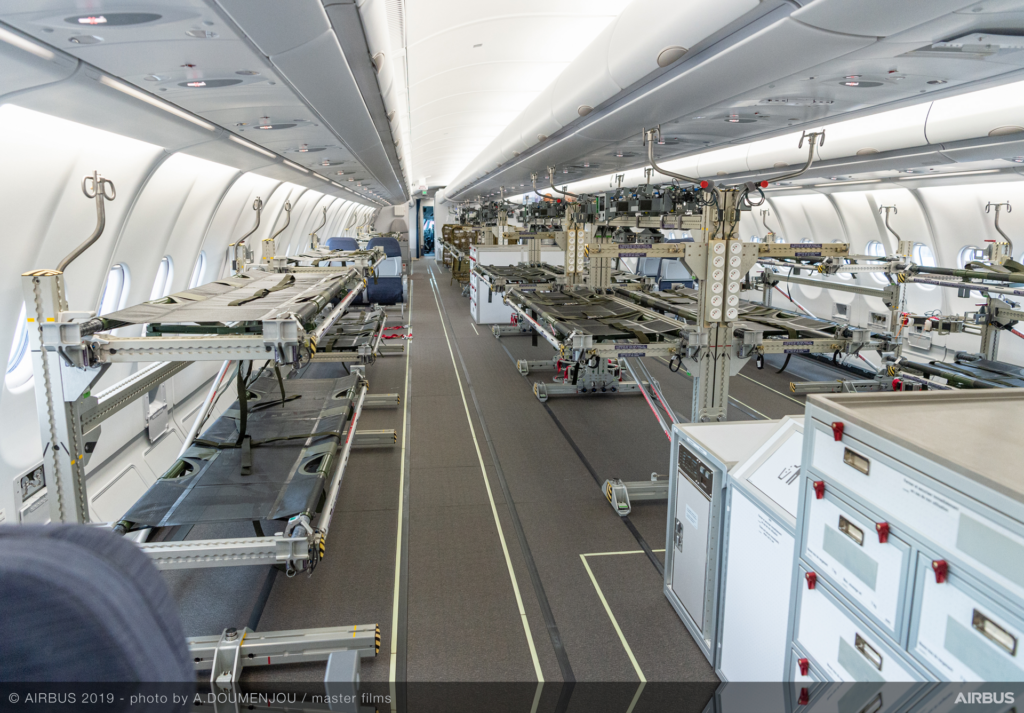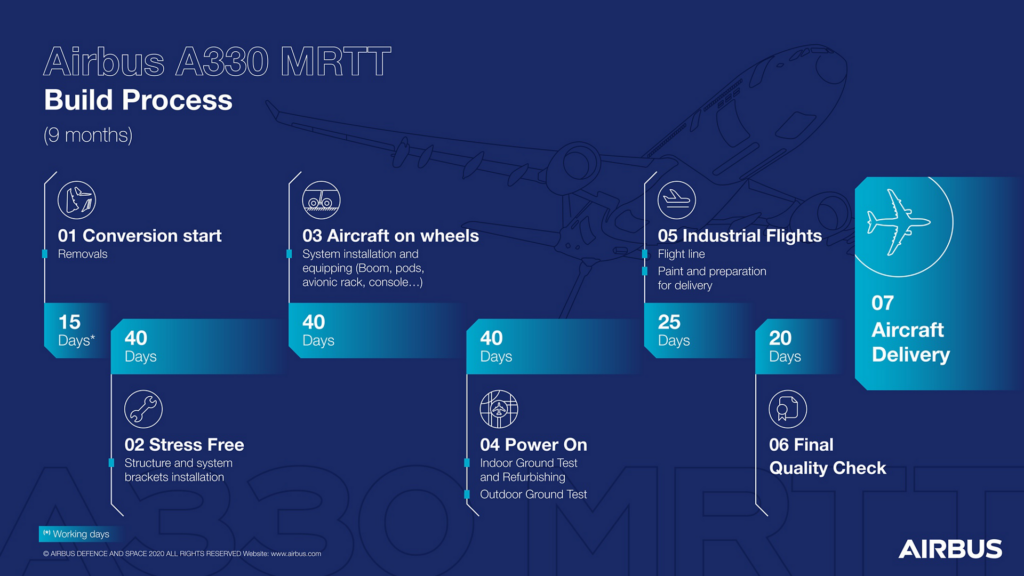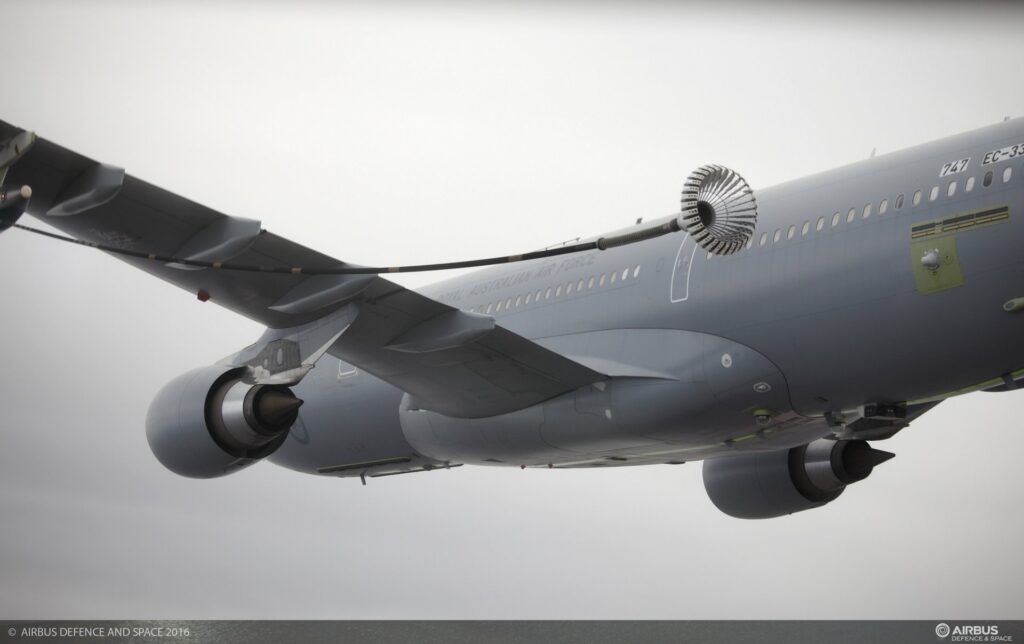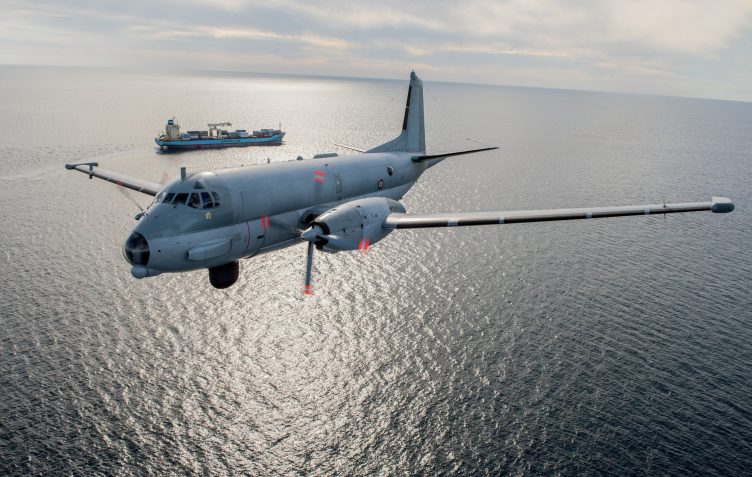OLATHE, Kansas – June 16, 2022 — Garmin® International, Inc., a unit of Garmin Ltd. (NYSE: GRMN), is pleased to announce European Union Aviation Safety Agency (EASA) approval of the GFC™ 600H for AS350 helicopters, providing a cost-effective flight control solution that reduces pilot workload and improves mission effectiveness. The GFC 600H provides a number of helicopter-tailored safety features, including attitude hold with speed stability, the innovative hover assist mode, Garmin Helicopter Electronic Stability and Protection (H-ESP™), dedicated return-to-level (LVL) mode, as well as overspeed and low-speed protection, and more.
The GFC 600H features a console-mounted mode controller with push-button controls and a night vision goggle (NVG) compatible display. Its robust architecture allows for both 2-axis and 3-axis configurations to provide the features and handling characteristics needed for a helicopter. Integrated smart servos provide pitch and roll inputs as commanded by the system. The collective sensor and the optionally available third servo provide yaw axis control capability to provide smooth flight control adjustments when the pilot moves the collective. Digitally controlled, high-performance servos allow for faster, crisper, more powerful response, which enables the GFC 600H to perform with smooth efficiency and advanced capability.
Thanks to the innovative hover assist mode, the system can also automatically detect a hover condition and allows for flight control inputs to help maintain position over the ground. In addition, when equipped with the optional yaw axis control, the GFC 600H can hold heading in hover. GFC 600H is well integrated with the G500H TXi flight displays and GTN or GTN Xi navigators, using navigation information to automatically fly approaches, enroute navigation, fully coupled missed approach procedures including holds, as well as search and rescue patterns1.
The advanced attitude and heading reference system (AHRS) technology combined with redundant, cross-checking sensors of the GFC 600H support smooth handling throughout the flight envelope. Further, attitude-hold mode reduces pilot workload by maintaining a specified altitude, while also providing inputs to help stabilize the helicopter when hand-flying. Designed with the pilot in mind, the GFC 600H incorporates cyclic-mounted trim controls to allow for seamless control of the system without taking a hand off of the flight controls during basic operations. Additional modes include altitude hold, altitude select, vertical speed, indicated airspeed and heading select.
The GFC 600H offers tremendous safety tools including overspeed protection and low-speed protection as well as Garmin H-ESP to help the pilot remain within a safe flight envelope when hand-flying the helicopter. H-ESP works in all modes – even when the system is not engaged – and can be manually disabled to allow for maneuvering flight. A dedicated LVL button is included on the GFC 600H and can be engaged by the pilot to return to straight-and-level flight, helping to avoid potential disorientation in degraded visual environments (DVE), such as inadvertent entry into instrument meteorological conditions (IIMC). Garmin has also implemented additional GFC 600H pilot training and supporting materials to allow for updated pilot licensing as required by the EASA certification.
